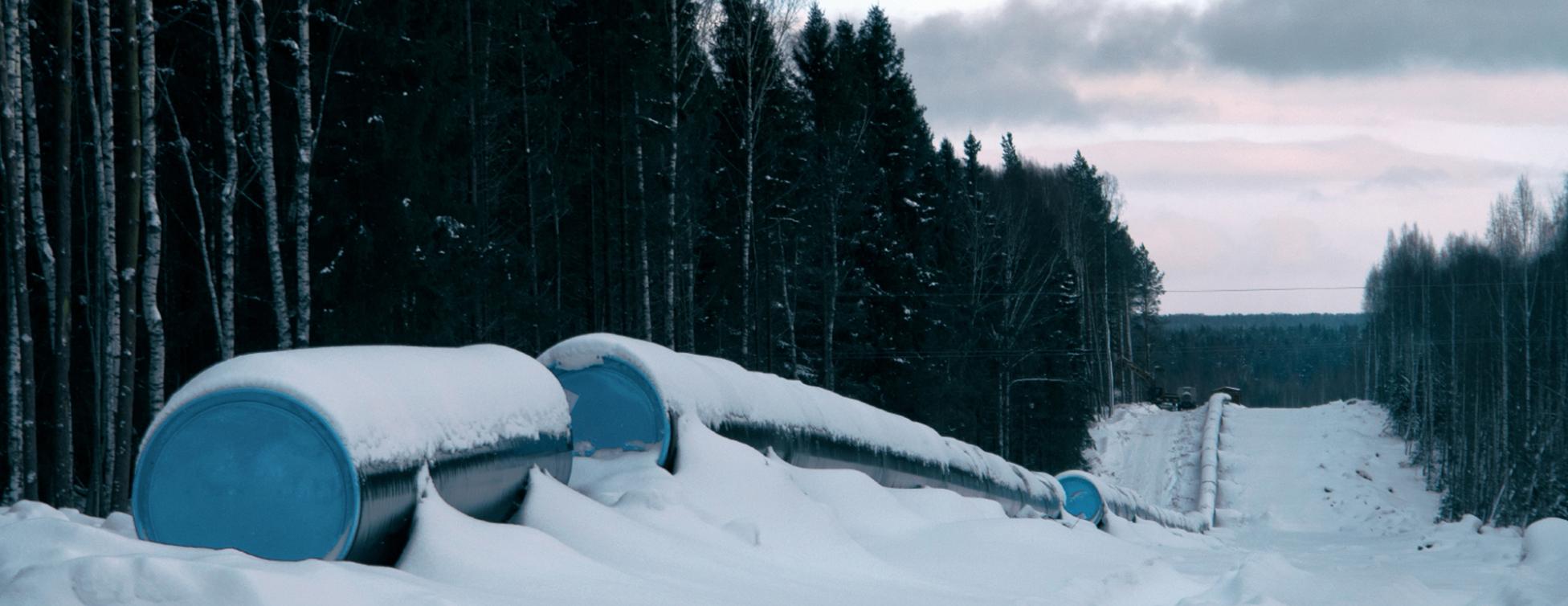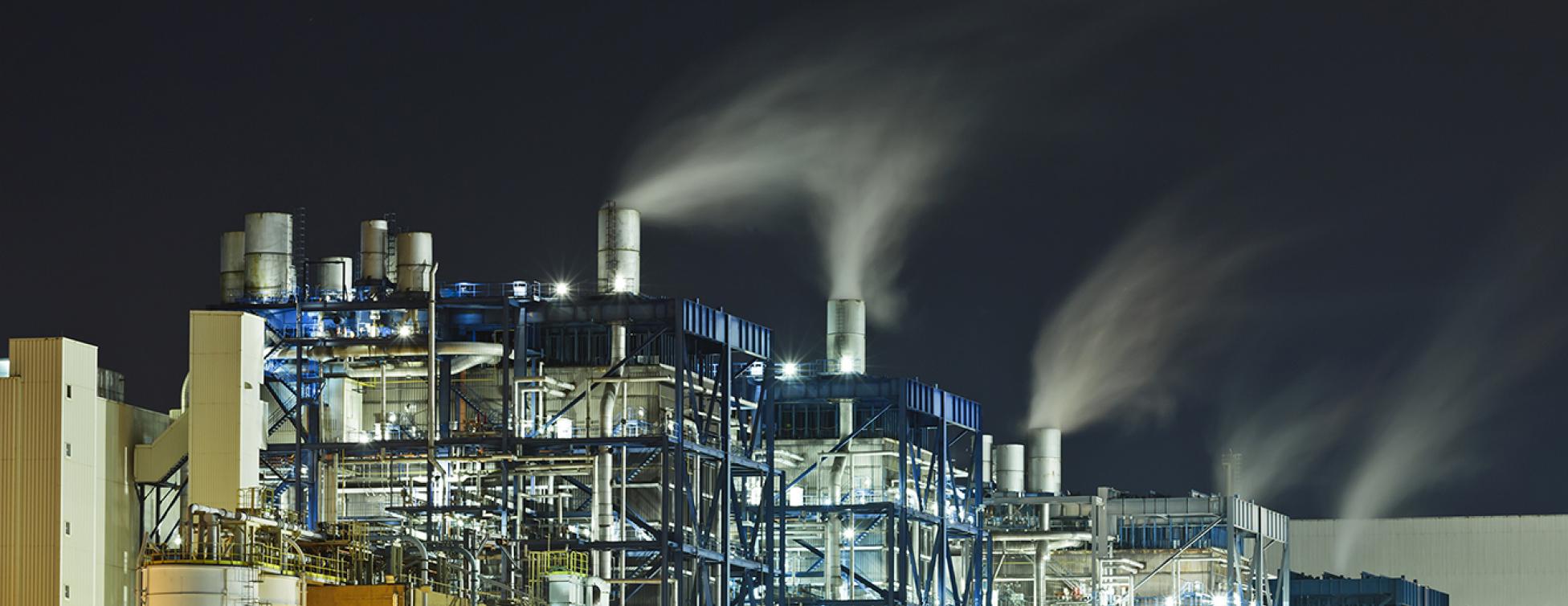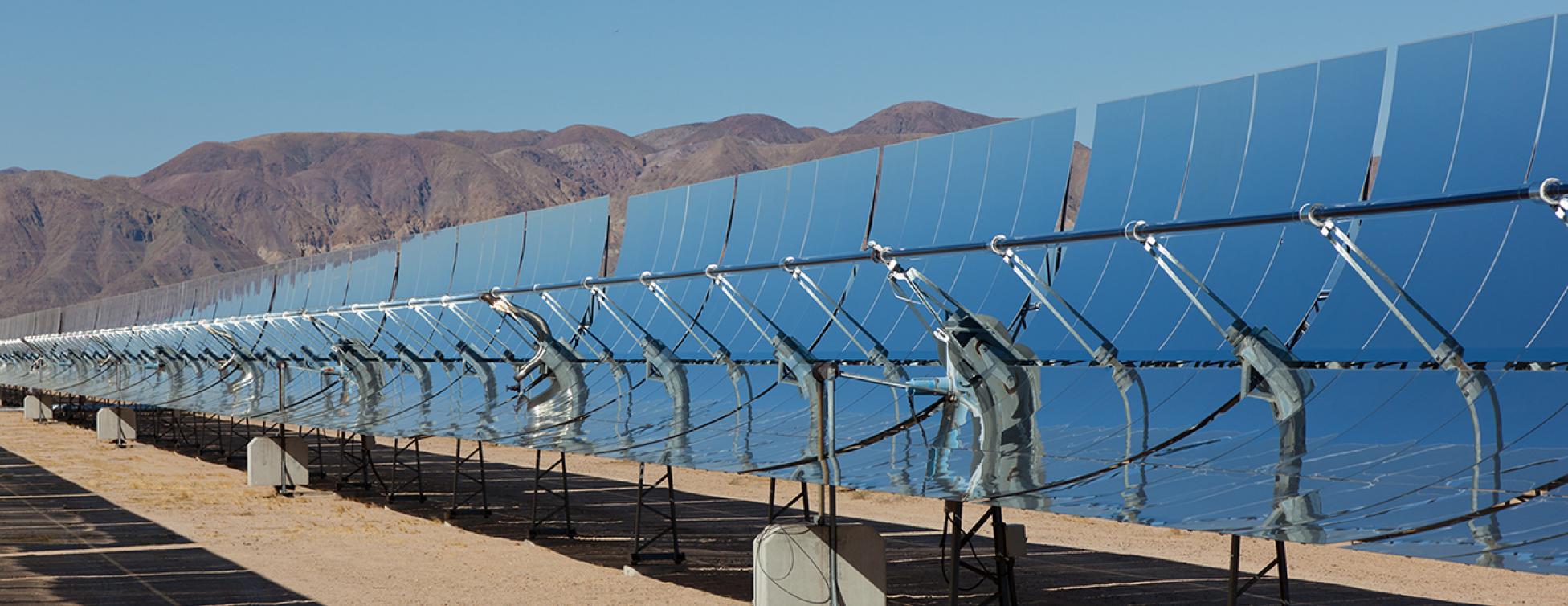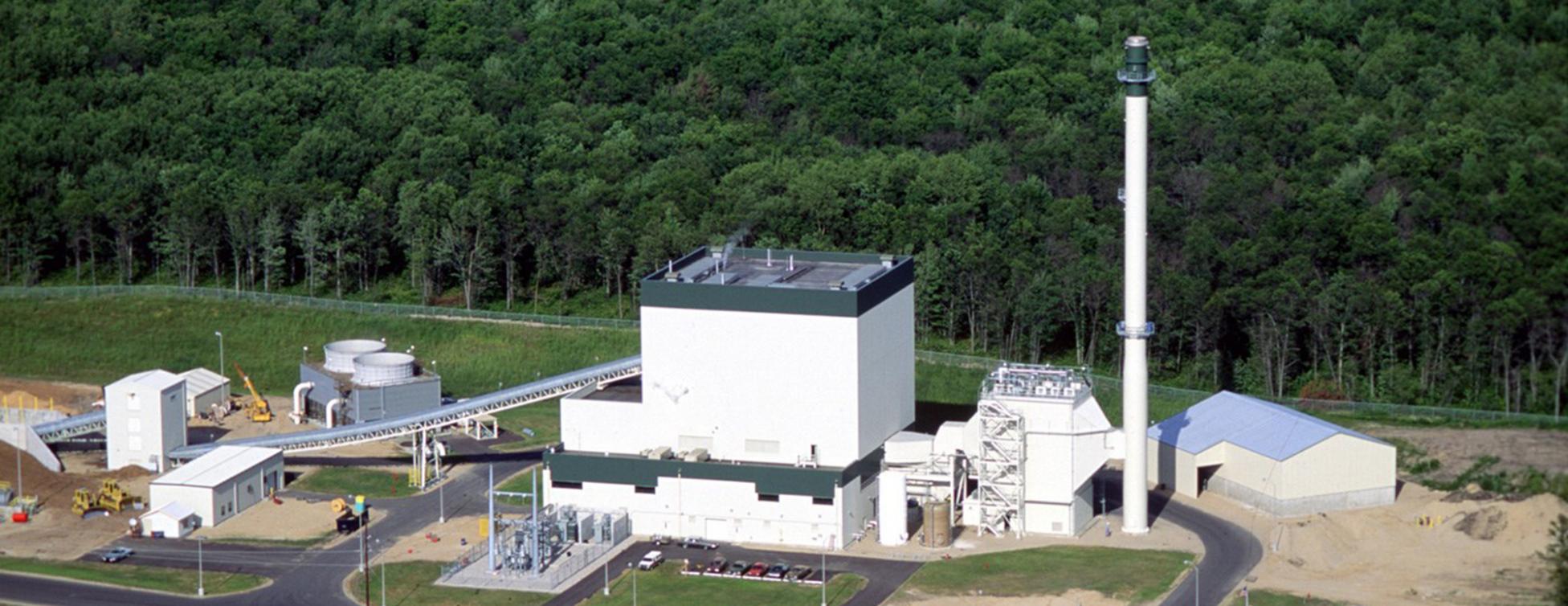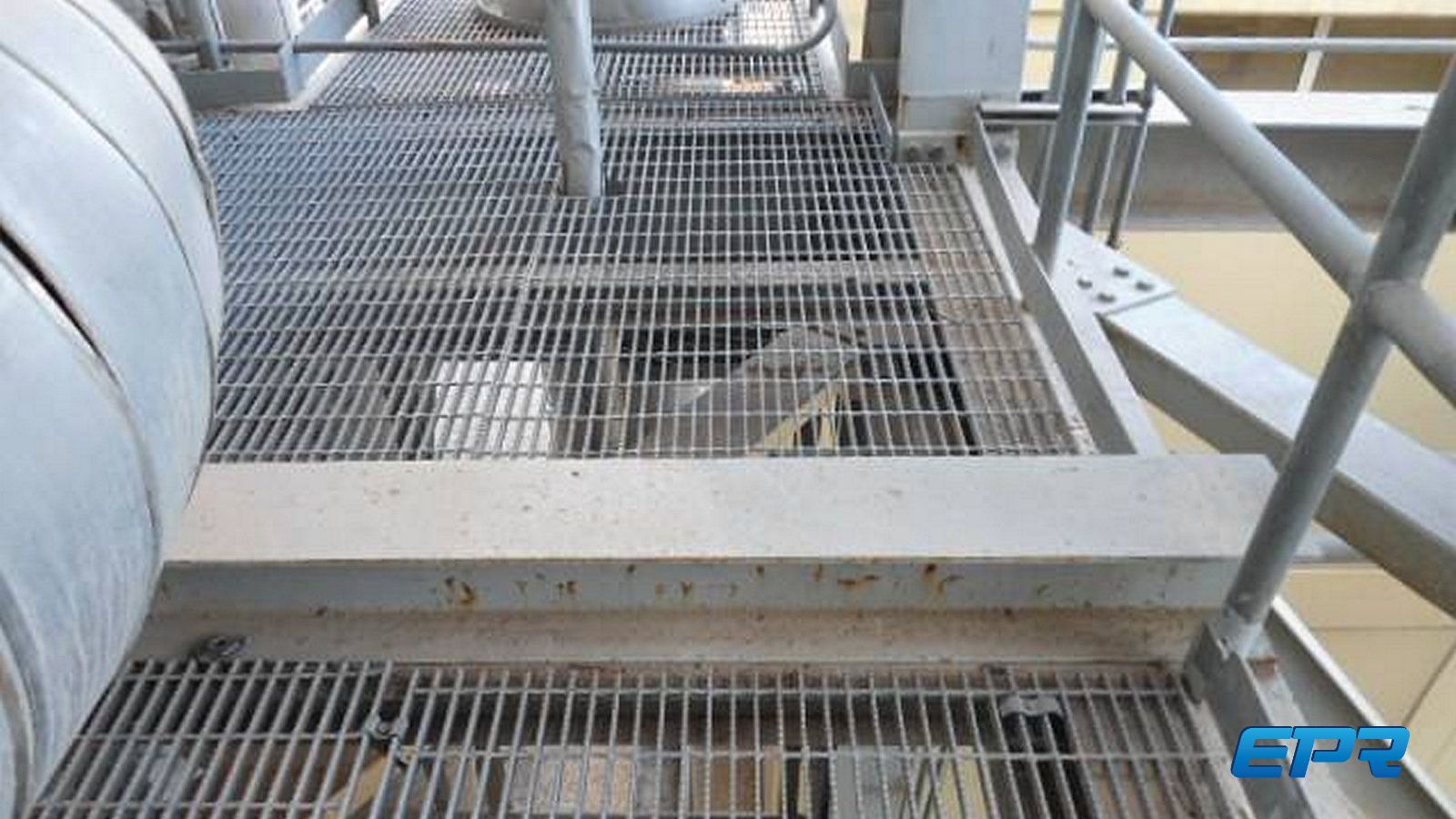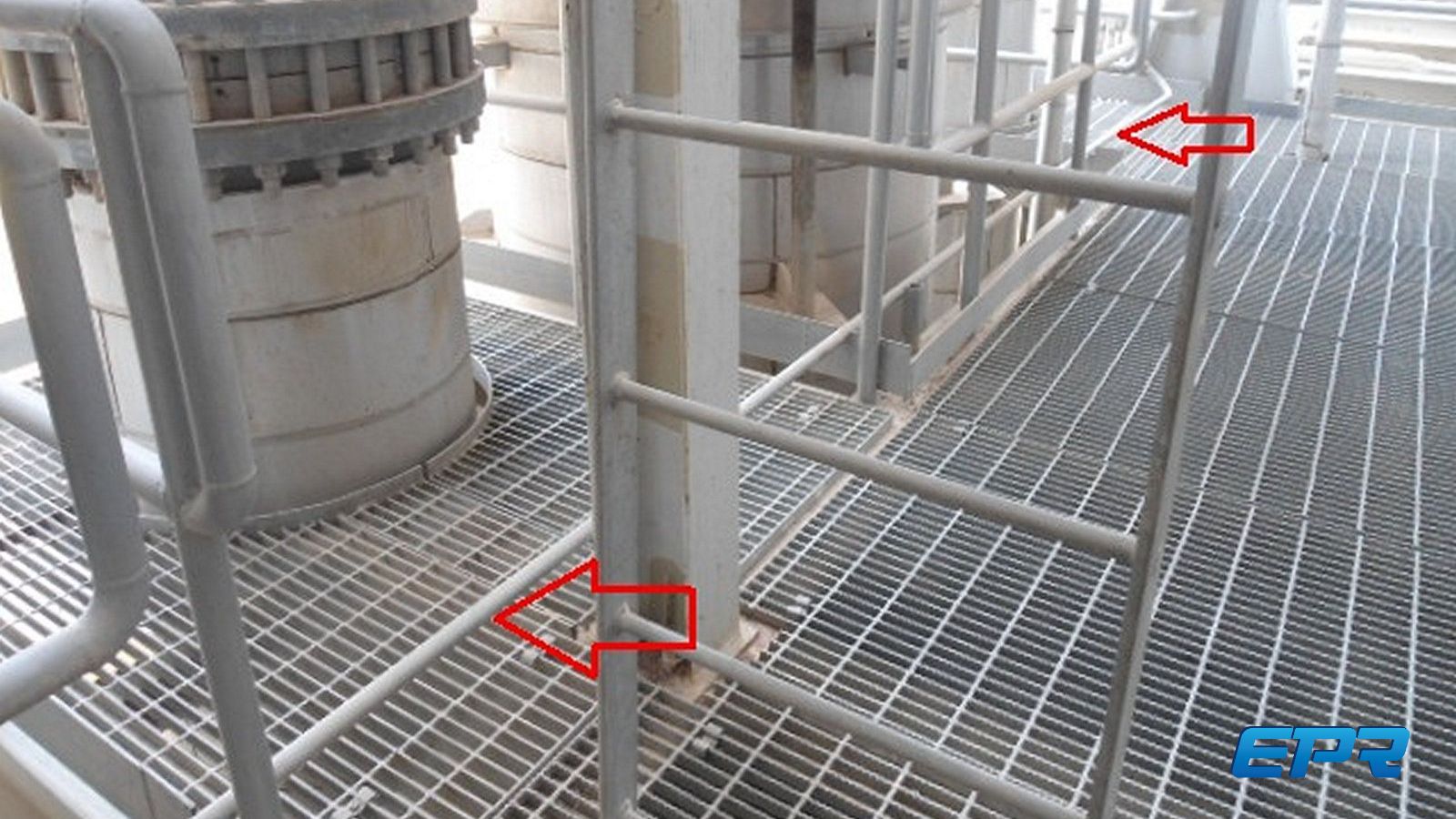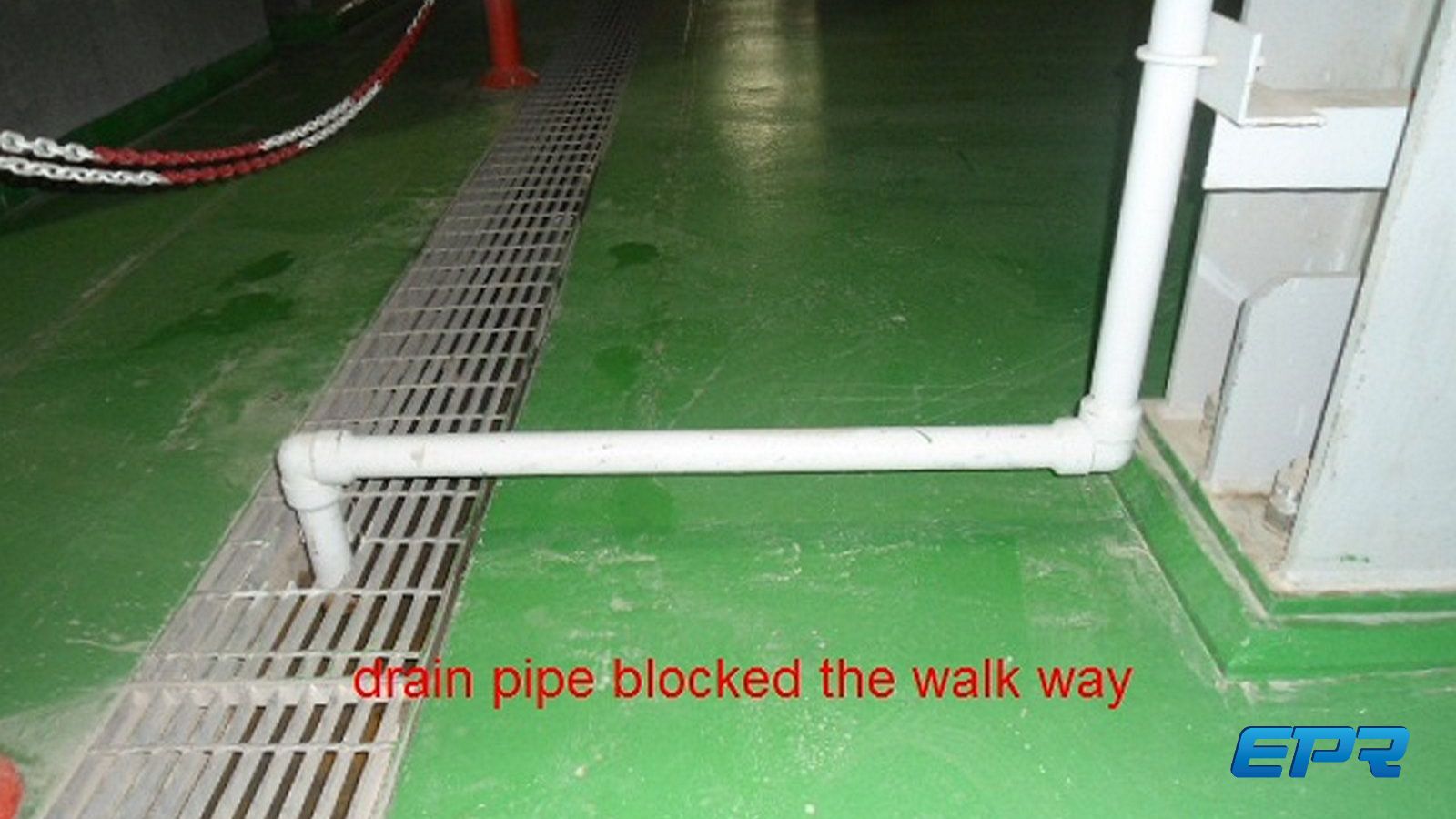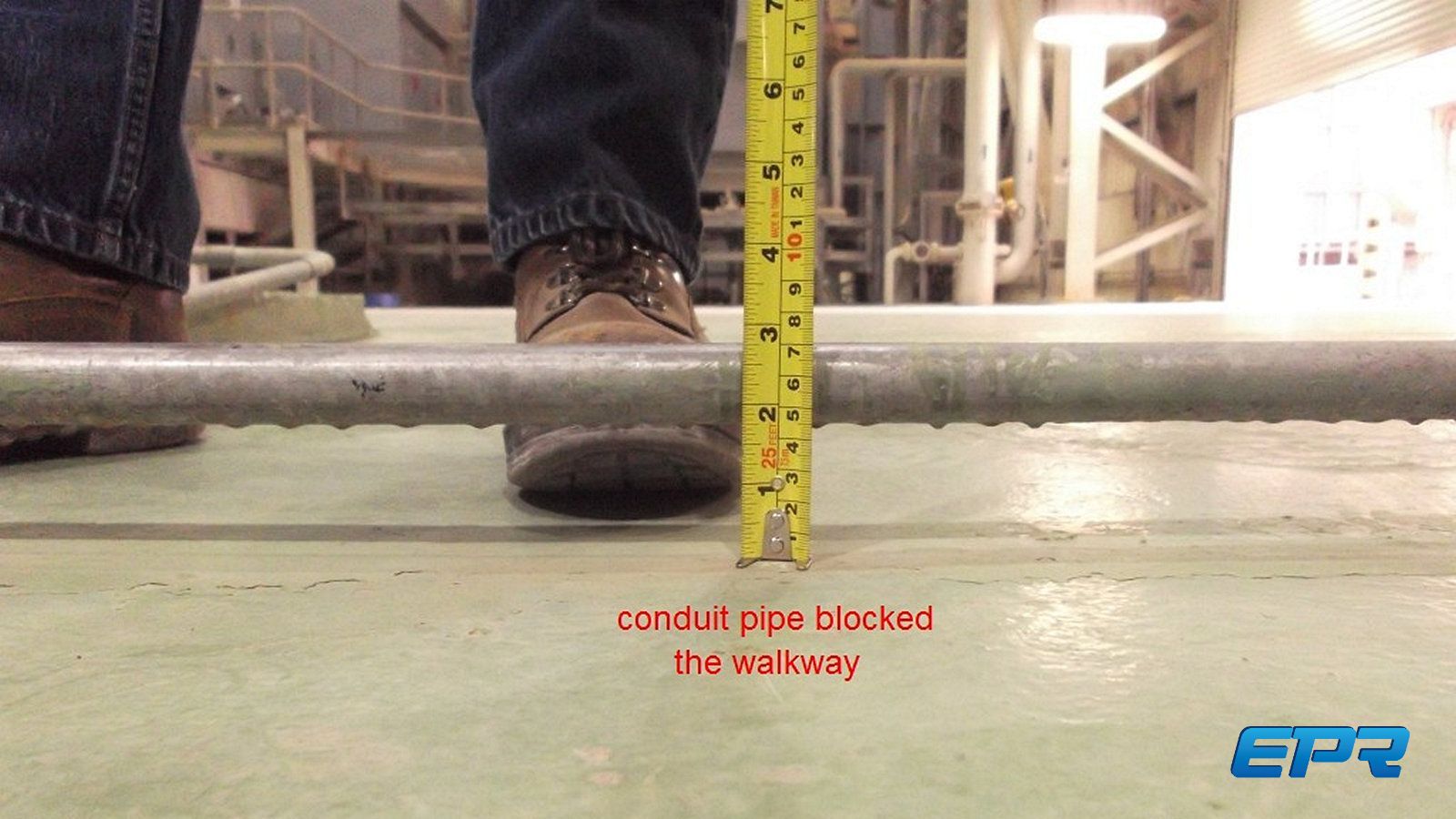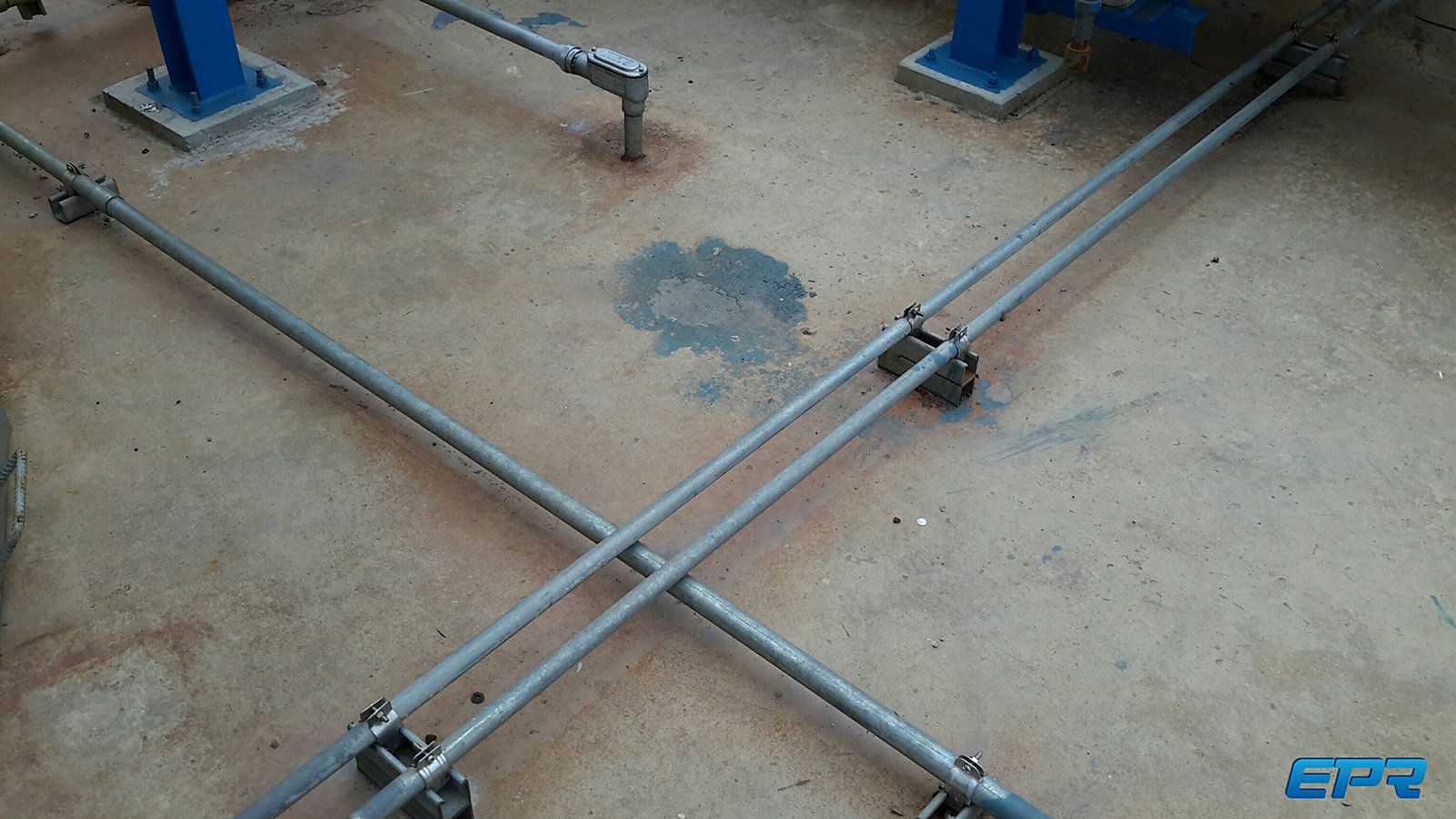Trip To Work
For owners building plants, it is important to have a team that is engaging in construction oversight at the field level.
These are a few examples of a problem that we see often, which should not exist. Further, at least for electrical components (think conduit) it is a code violation to obstruct walkways and traffic areas. OSHA also addresses the issue with regulations. If this is not enough, it should be understood by most anyone, that plant workers need to be protected and nearly every power asset owner has a corporate statement of commitment to health and safety practices.
If labor is not knowledgeable enough to understand this concern in developing regions primarily (but not exclusively), then certainly contractor supervision or quality control should intervene before the work is complete.
In these photos, the plants are past COD, in a few cases over 18 months. These are also high traffic areas.
As a stopgap, O&M groups should walk the plant and add these items to an active punchlist to be sure they get resolved.
At EPR, this is an example of an item our teams actively eliminate at inception, so a new plant is not a dangerous plant.
None, or perhaps a small savings.
Usually not large but can be left unresolved and an accident can occur. Accidents have two aspects; financial cost and a moral cost.



